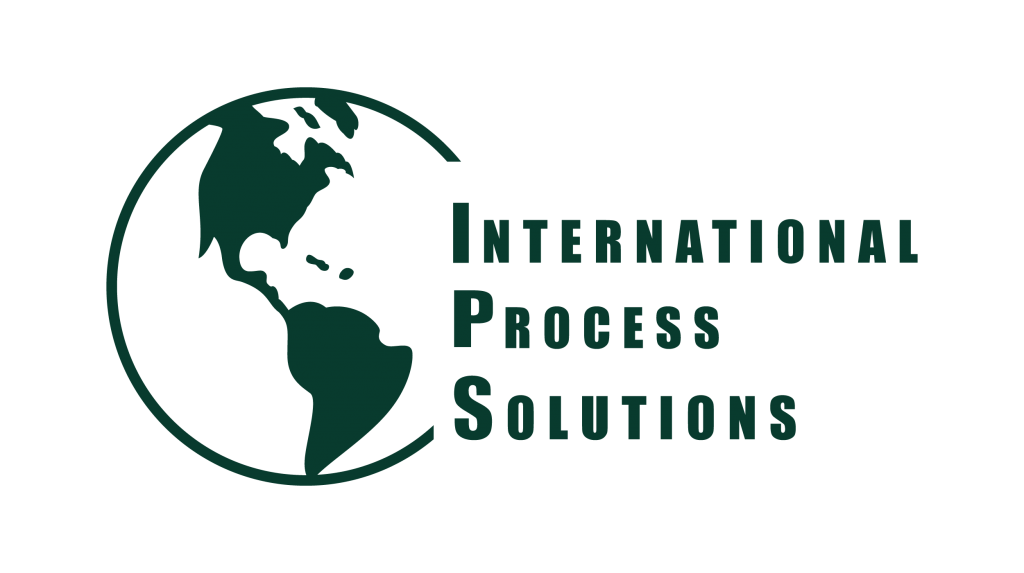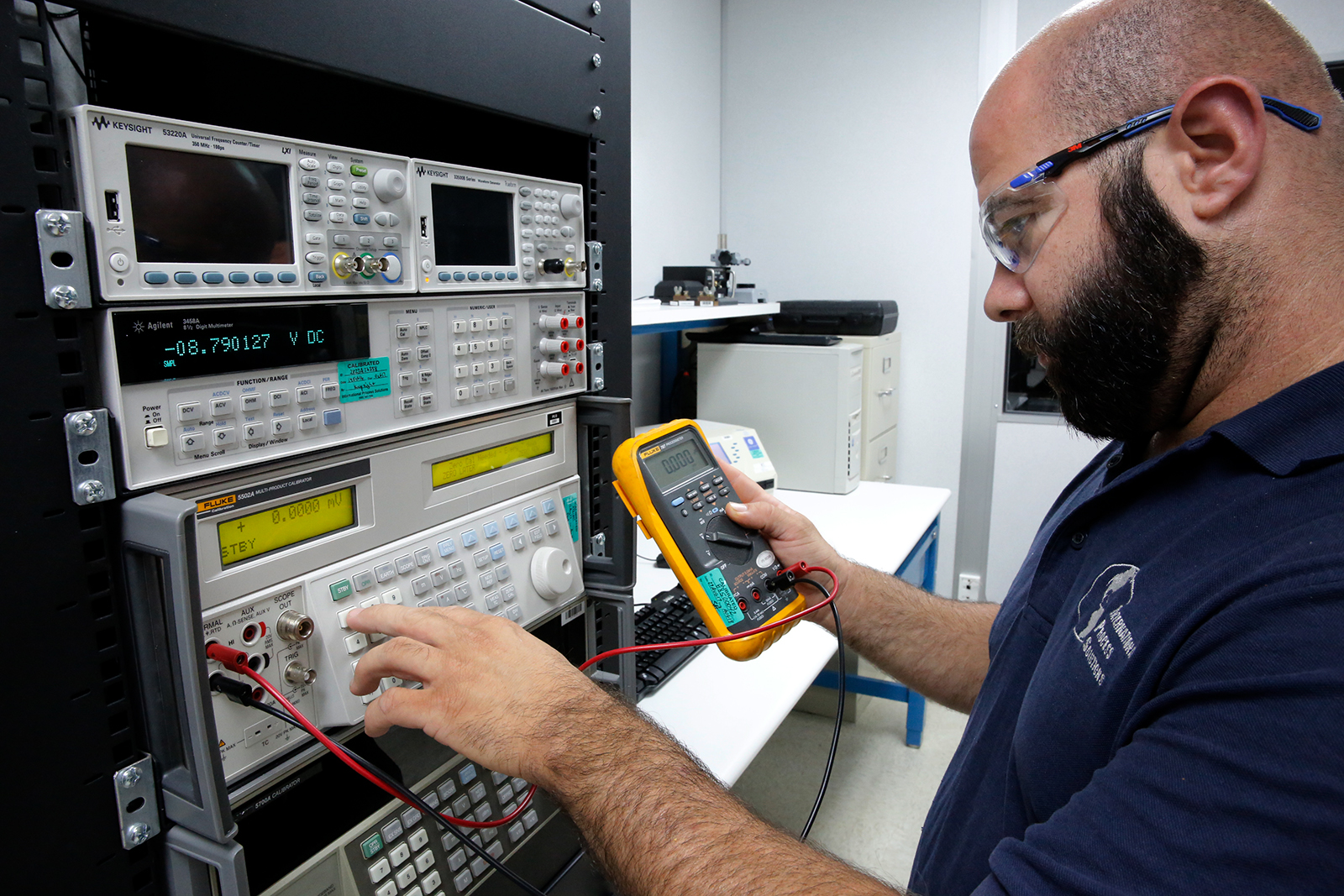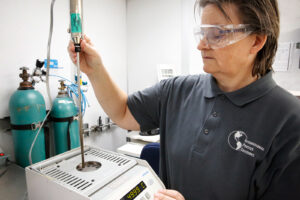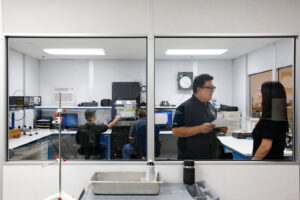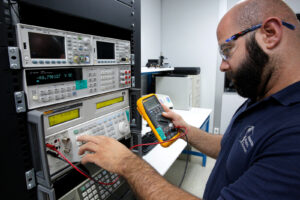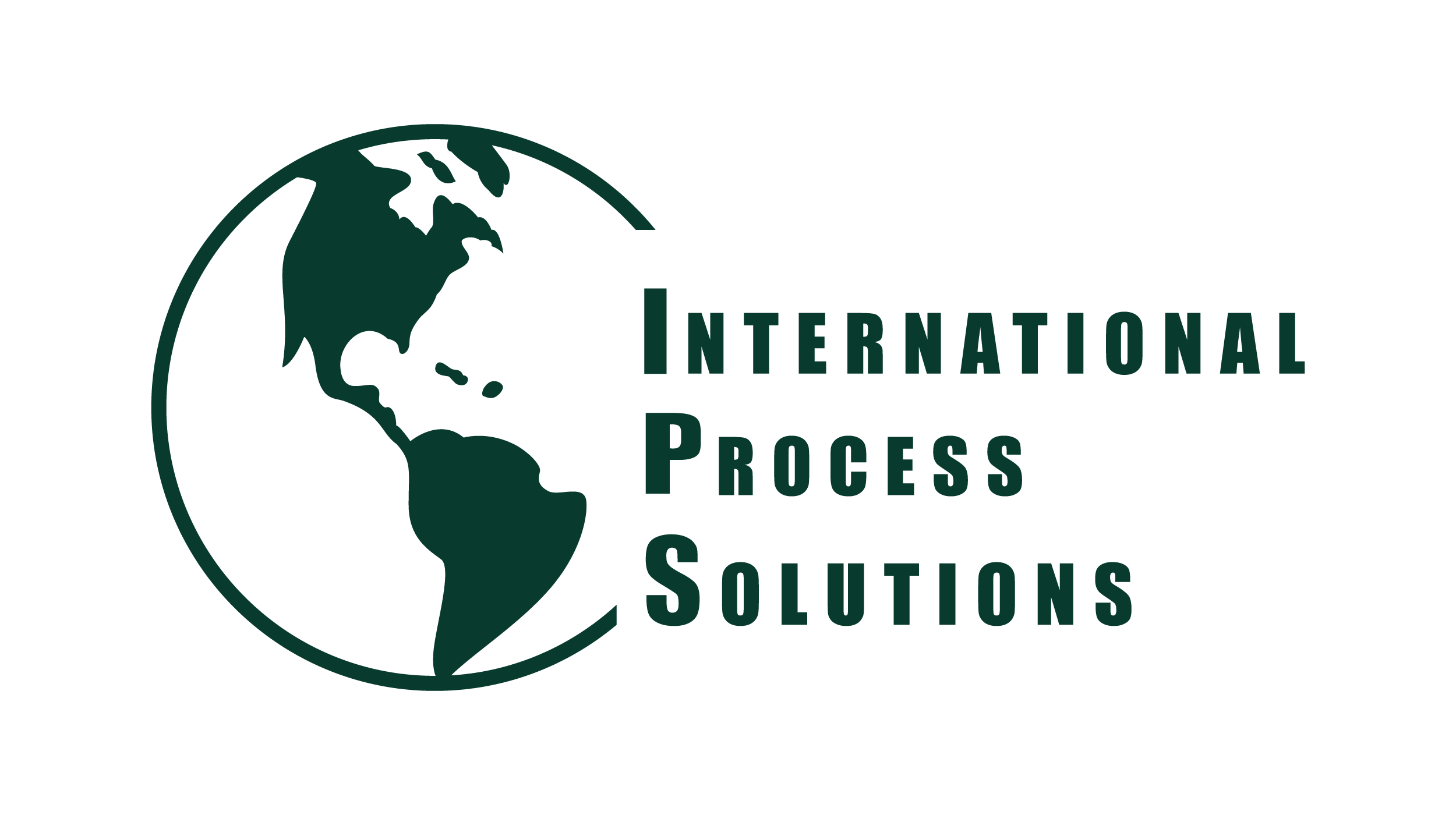In laboratory settings, precision and accuracy are paramount. Pipettes, as essential tools for liquid handling, require meticulous calibration to ensure experimental reliability. Despite rigorous protocols, common pipette calibration errors persist, impacting data integrity and potentially leading to costly experimental setbacks. In this article, we explore the most frequent pipette calibration errors, their underlying causes, and practical solutions to maintain optimal pipette performance.
1. Inaccurate Volume Delivery Due to User Technique
One of the most prevalent sources of calibration error arises from inconsistent user technique. Even the most advanced pipettes cannot compensate for erratic pipetting methods. Common technical missteps include:
- Inconsistent plunger pressure: Applying varying pressure while aspirating or dispensing liquid can cause under- or over-delivery.
- Incorrect immersion depth: Submerging the pipette tip too deeply or too shallowly alters the capillary action, affecting volume accuracy.
- Incorrect pipette angle: Maintaining an angle greater than 20 degrees can introduce air bubbles, leading to volume discrepancies.
To mitigate these issues, users should adopt standardized pipetting techniques, maintain consistent hand movements, and routinely practice proper immersion depth and tip angle adherence.
2. Temperature-Induced Volume Deviations
Temperature fluctuations are a critical yet often overlooked factor in pipette calibration. Pipettes are typically calibrated at room temperature, but transferring liquids at significantly higher or lower temperatures can lead to expansion or contraction of both the pipette mechanism and the liquid, resulting in inaccurate volume delivery. Key considerations include:
- Sample temperature: Liquids that are warmer or cooler than the ambient environment can affect aspirated volumes.
- Operator hand temperature: Prolonged handling of the pipette may slightly heat the instrument, subtly altering performance.
- Environmental conditions: Laboratory temperature variations can contribute to repeated deviations if not controlled.
Mitigation strategies involve equilibrating pipettes and reagents to room temperature before use and ensuring laboratory environmental conditions are consistent during calibration checks.
3. Contaminated or Improper Pipette Tips
Using contaminated or incompatible pipette tips is a frequent source of calibration errors. Even minor residues inside the tip can alter surface tension, affecting the liquid volume aspirated. Additionally, tips that are not matched precisely to the pipette brand and model may compromise the seal, creating air leaks and inaccurate dispensing. Common errors include:
- Incorrect tip seating: Tips that are not fully seated can allow air gaps, leading to under-delivery.
- Residual liquid contamination: Traces of previous liquids inside tips can modify the aspirated volume.
- Non-certified tips: Using third-party tips without validation can introduce subtle inconsistencies.
To ensure accuracy, always use certified tips compatible with your pipette and follow proper tip replacement protocols.
4. Worn or Damaged Pipette Components
Over time, mechanical wear and tear can significantly affect pipette accuracy and precision. Even pipettes that appear functional may harbor internal issues that impact calibration results. Common areas of concern include:
- O-rings and seals: Degraded or dried-out seals can cause leaks or inconsistent pressure, leading to volume errors.
- Plunger mechanism wear: Frequent use can gradually reduce the plunger’s responsiveness, affecting aspiration and dispensing volumes.
- Spring fatigue: Springs that have lost tension may compromise pipette return action, contributing to variability.
Routine preventive maintenance and timely replacement of worn components are essential to ensure sustained pipette performance.
5. Improper Calibration Procedures
Calibration errors often stem from deviation from established calibration protocols. Common procedural mistakes include:
- Incorrect gravimetric measurements: Using improperly tared balances or ignoring evaporation losses can skew calibration results.
- Insufficient replicate testing: Single measurements are prone to random error; standard practice requires multiple measurements to determine mean deviation.
- Ignoring manufacturer specifications: Calibrating outside the pipette’s specified volume range can produce unreliable data.
To avoid procedural errors, laboratories should implement rigorous calibration protocols, use precise analytical balances, and adhere strictly to manufacturer guidelines.
6. Evaporation and Hygroscopic Liquids
Evaporation is an often-overlooked contributor to calibration error, particularly when handling small volumes or volatile liquids. Even minimal evaporation during measurement can produce measurable inaccuracies. Additionally, hygroscopic substances can absorb atmospheric moisture, altering the effective volume. Mitigation strategies include:
- Rapid measurement after aspiration: Minimize the time between pipetting and weighing.
- Using sealed containers: Reduce exposure to air during transfer.
- Environmental control: Maintain low humidity for sensitive calibrations.
7. Air Bubble Formation
Air bubbles within the pipette tip can drastically affect volume accuracy. Even microscopic bubbles can cause significant under-delivery, particularly in low-volume applications. Causes of air bubble formation include:
- Rapid plunger release: Drawing liquid too quickly can trap air.
- Tip not fully submerged: Aspiration near the liquid surface may draw in air.
- Viscous or foaming liquids: Liquids prone to frothing can create persistent bubbles.
Careful technique, slow and steady plunger action, and proper tip immersion are crucial for preventing air bubbles.
8. Neglecting Regular Performance Verification
Even accurately calibrated pipettes can drift over time. Regular performance verification is necessary to identify subtle deviations before they impact experimental outcomes. Best practices include:
- Routine gravimetric checks: Periodically measure dispensed volumes to detect drift.
- Scheduled recalibration: Follow manufacturer-recommended intervals or increased frequency for high-usage pipettes.
- Record keeping: Maintain detailed logs of calibration results and corrective actions for quality assurance compliance.
Conclusion
Addressing common pipette calibration errors requires attention to detail, adherence to best practices, and routine maintenance. By controlling user technique, environmental conditions, tip quality, and instrument wear, laboratories can ensure consistent, reliable liquid handling and uphold the integrity of experimental data. Implementing structured verification protocols and proactive maintenance schedules guarantees that pipettes perform at their highest level, reducing error rates and optimizing laboratory efficiency.
